
hotline:
17715390137
Tel/Wechat:
18101240246 (Technology)
0512-68565571
Email:mxenes@163.com (Sales Engineer)bkxc.bonnie@gmail.com
Scan the code to follow or search the official account on WeChat:
2D Materials Fronrier After paying attention,
click on the lower right corner to contact us,
Enter enterprise WeChat.
Professional Services Online

已传文件:photo/1631586161.png
North Konami can provide MXene materials (customizable)
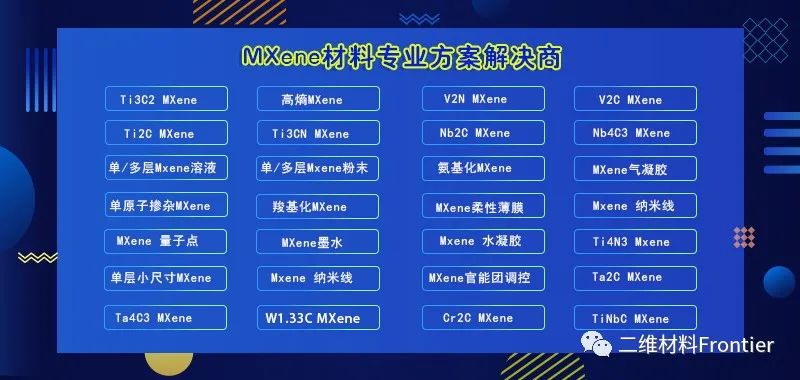
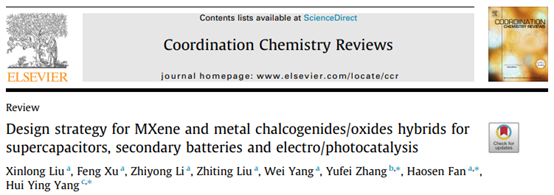
Summary of the review
picture
Since 2011, as a new type of two-dimensional material system, MXenes have shown great potential in the field of energy storage and conversion, which is mainly due to the excellent electronic conductivity, large specific surface area and composition diversity . Up to now, the synthesized MXenes usually have surface functional groups, such as -OH, -O or -F, which are convinced by the high hydrophilicity and rich surface chemical properties of MXene materials, but still face problems such as heavy stacking. Considering that the electrochemical and electrocatalytic properties of the material are highly dependent on the composition and surface chemistry of the material, composite MXenes with functionalized materials such as transition metal chalcogenides (TMC) and transition metal oxides (TMO), such that While preventing rearrangement, it is also possible to introduce synergistic effects into the complex to improve performance. Therefore, the delicate design and synthesis of MXene/TMC and MXene/TMO composite structures, and the regulation of the morphology to enhance the electrochemical performance are very important. In view of this, the research team of Prof. Hui Ying Yang from Singapore University of Technology and Design, Prof. Yufei Zhang from Guangzhou University of Technology and Prof. Fan Haosen from Guangzhou University published the latest review in "Coordination Chemistry Reviews", mainly discussing the effects of MXene/TMC and MXene/TMO complexes in super Applications in capacitors, secondary batteries and electrocatalysis. Firstly, the synthesis and composite methods are divided into five categories, and the relationship between structure and morphology in different methods is compared. Then, the research progress of the recently reported MXene/TMC and MXene/TMO complexes in the above applications is analyzed and summarized. Finally, the main challenges and development directions of the performance of MXene-based electrode materials in the future are prospected.
Graphical guide
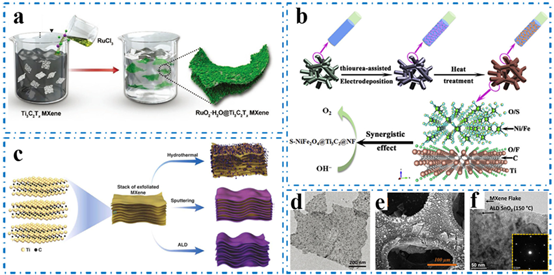
Figure 1. Representative work on the synthesis process of MXene/TMO and MXene/TMC.
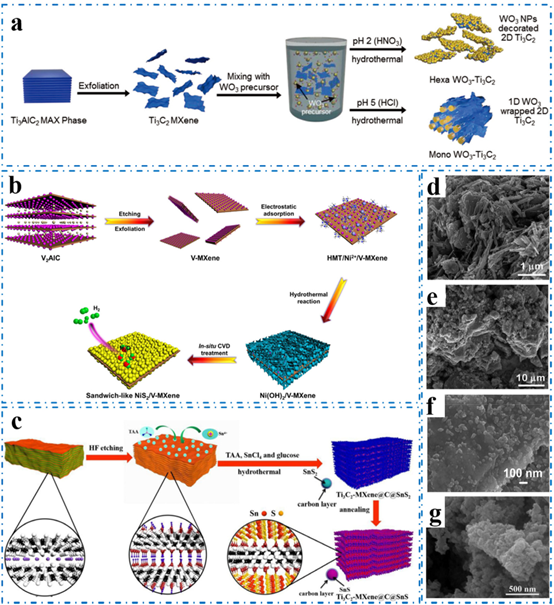
Figure 2. Representative work on the synthesis process of MXene/TMO and MXene/TMC.
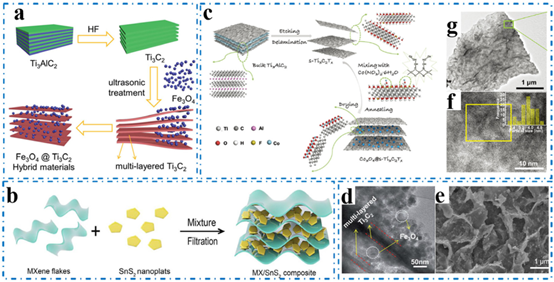
Figure 3. Representative work on the synthesis process of MXene/TMO and MXene/TMC.
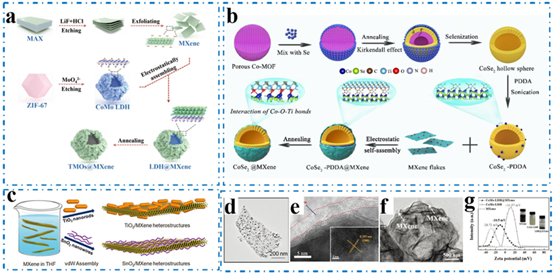
Figure 4. Representative work on the synthesis process of MXene/TMO and MXene/TMC.
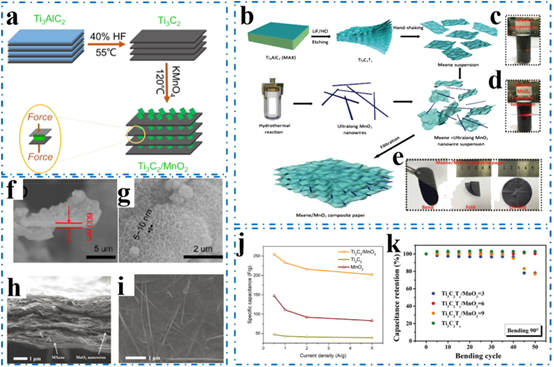
Figure 5. Representative work on the synthesis process of MXene/TMO and MXene/TMC.
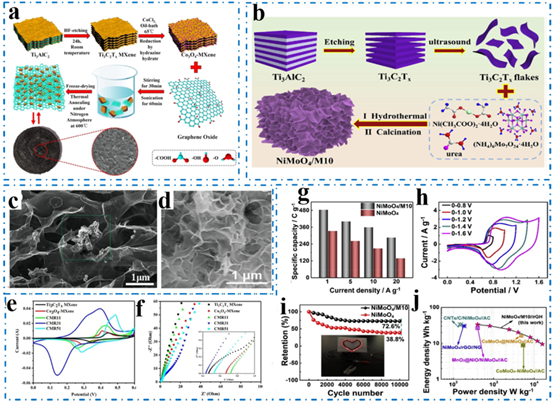
Figure 6. Representative work on the synthesis process of MXene/TMO and MXene/TMC and their application in supercapacitors.
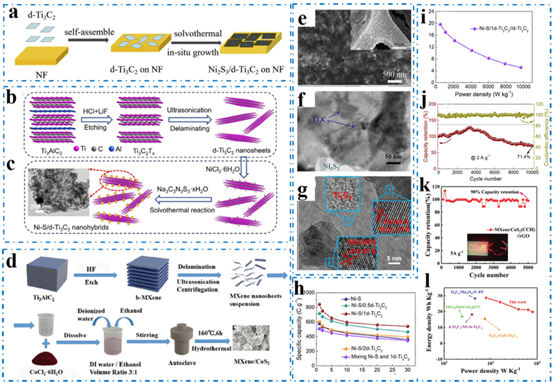
Figure 7. Representative work on the synthesis process of MXene/TMO and MXene/TMC and their application in secondary batteries.
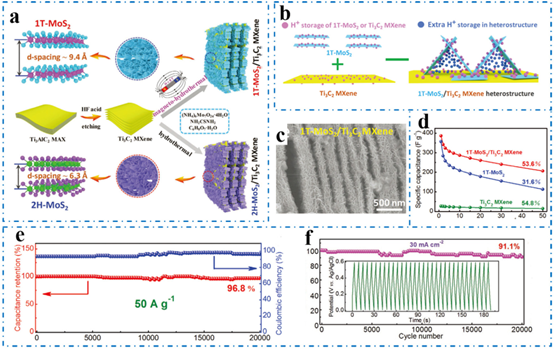
Figure 8. Representative work on the synthesis process of MXene/TMO and MXene/TMC and their application in secondary batteries.
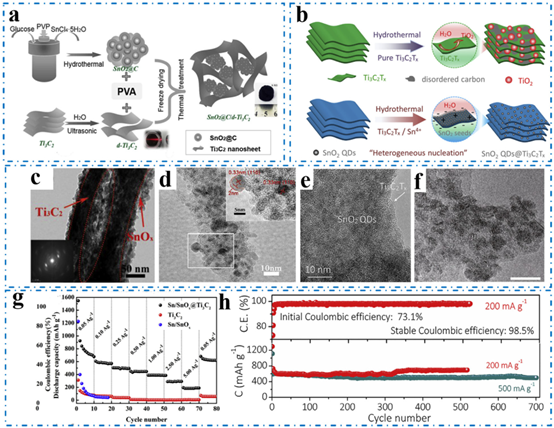
Figure 9. Representative work of MXene/TMO and MXene/TMC synthesis process and application in secondary batteries.
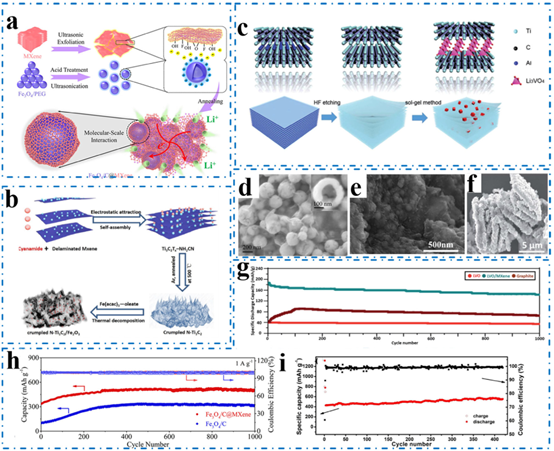
Figure 10. Representative work on the synthesis process of MXene/TMO and MXene/TMC and their application in secondary batteries.
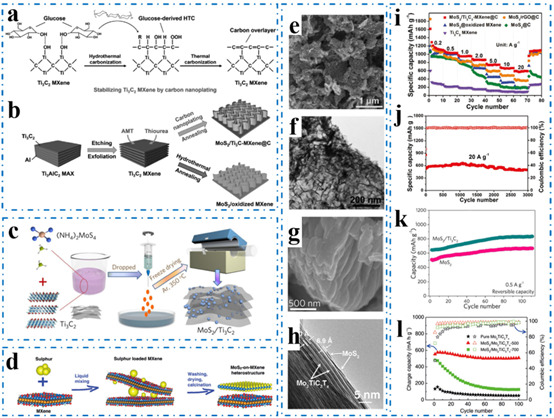
Figure 11. Representative work on the synthesis process of MXene/TMO and MXene/TMC and their application in secondary batteries.
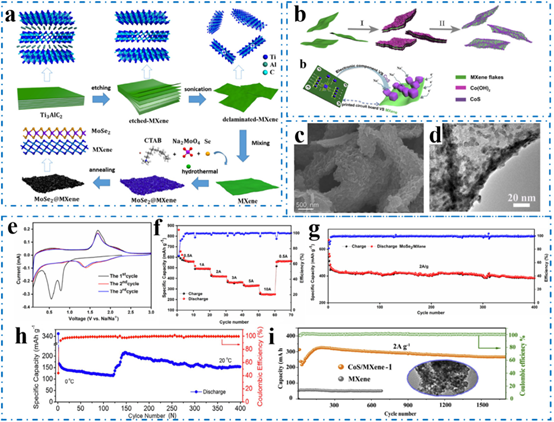
Figure 12. Representative work on the synthesis process of MXene/TMO and MXene/TMC and their application in secondary batteries.
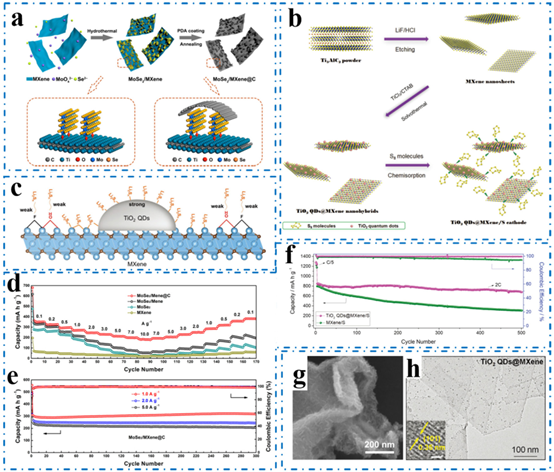
Figure 13. Representative work on the synthesis process of MXene/TMO and MXene/TMC and their application in secondary batteries.
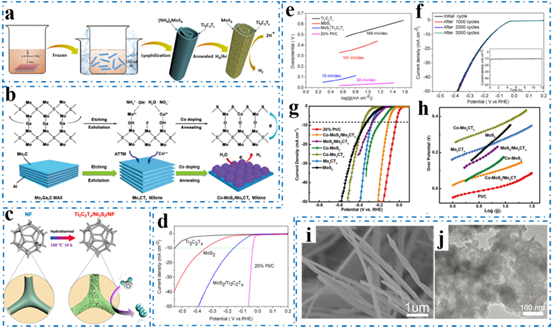
Figure 14. Representative work of MXene/TMO and MXene/TMC synthesis process and application in electrocatalytic water splitting.
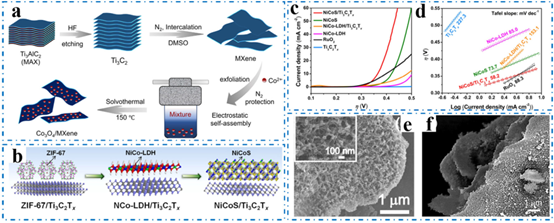
Figure 15. Representative work of MXene/TMO and MXene/TMC synthesis process and application in electrocatalytic water splitting.
Summary and Outlook
picture
(i) For supercapacitors: The composite of TMO with MXene has been more studied, mainly due to the fact that TMO can endow the composite with higher specific capacitance. Previous studies have pointed out that the construction of porous structures with multiple specific surface areas can promote fast Faradaic reactions.
(ii) For secondary batteries: effectively limiting volume expansion while enhancing electronic conductivity, which is crucial for long-term cycling stability and rate performance. More importantly, the specific surface area of active materials needs to be fully utilized to achieve fast and reversible redox reactions.
(iii) For water splitting: More studies have been conducted on the intrinsic properties of MXene, especially the surface chemistry, generally speaking, MXene and TMC can act as bifunctional catalysts for total water splitting.
However, for practical applications, there are still many key issues to be solved. First, from the point of view of MXenes, Ti3C2Tx has been extensively studied, and more research should focus on other MXene species, such as Nb2C and V2C, different types of MXenes will have very different corresponding electrochemical properties. influences. It is worth mentioning that pure MXene without functional groups has not yet been synthesized. Second, from the composite point of view, TMO and TMC usually have different morphologies and crystal structures, even for the same composite. MXene has a 2D structure, and the synthesis methods are also different for complexes of different dimensions and sizes. Therefore, finding a suitable route to design TMO and TMC complexes with different structures can realize the regulation of performance.
The compounding of MXenes is still in the initial research stage, and due to the similarity, many studies borrowed the compounding method of graphene composites and used similar methods to synthesize different materials. Nonetheless, more research should explore unique design strategies based on specific electrochemical properties. For example, in the process of hydrothermal synthesis, the problems of rearrangement and oxidation of MXene need to be avoided, so TMO and TMC with hierarchical nanostructures are more suitable choices. In addition, the introduction of conductive porous volume buffer substances, such as carbon coating, is required. The electrochemical performance in different electrochemical devices can be regulated by changing the synthesis conditions.
For TMO/MXene composites, most researches focus on supercapacitors, Li-ion batteries, Li-sulfur batteries and OER, because TMO has higher theoretical capacitance and capacity, and more available for reduction of OER site. For TMCs, they show excellent performance in more applications, including multivalent metal-ion batteries and bifunctional catalysis. Recent studies have shown that the full utilization of the highly conductive surface of MXene can promote the kinetics of the catalytic reaction between HER and OER. In conclusion, the combination of MXene with TMO and TMC is still in its infancy, and the researchers firmly believe that such complexes will have greater potential for future energy storage and conversion applications.

| Reminder: Beijing Beike New Material Technology Co., Ltd. supplies products only for scientific research, not for humans |
| All rights reserved © 2019 beijing beike new material Technology Co., Ltd 京ICP备16054715-2号 |